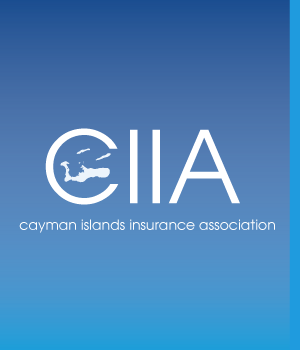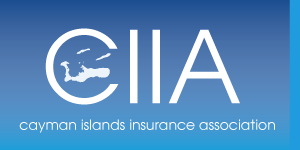Source: Business Insurance
Claire Wilkinson August 01, 2019
Owners, managers and operators of habitational real estate properties such as apartment buildings are facing sharply increasing rates, shrinking capacity and higher deductibles as property insurers look to correct course after mounting weather-related losses compounded an already distressed risk. Years of low prices and rising losses from wind, hail and tornadoes are finally coming to a head, and the disruption is making it harder to complete insurance programs, experts say. Multifamily properties can be problematic for insurers due to their 24-hour exposure, experts say. Market capacity for multifamily accounts may have declined by as much as 50%, said Eric Schake, Dallas-based real estate and hospitality leader, corporate risk and broking, Willis Towers Watson PLC. The situation has become a “perfect storm” for owners of apartment complexes, most of which are wood-frame construction, said Barry Whitton, managing director, Burns & Wilcox Brokerage, based in Atlanta. From a combustibility standpoint, frame habitational risks require a higher rate and smaller limit, said Mark Reisig, New York-based executive vice president and chief underwriting officer, property at WKFC Underwriting Managers, part of Ryan Specialty Group LLC. “These risks tend to be unprotected without sprinklers and close to the next building nearby,” Mr. Reisig said. Convective storm losses and fires, many of which are tenant-caused, are driving loss ratios in habitational, said Paul Smith, vice president at AmWINS Brokerage of Georgia LLC in Atlanta. Even non-catastrophe exposed apartment complexes are seeing rate increases, Mr. Smith said.


